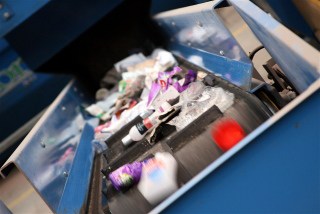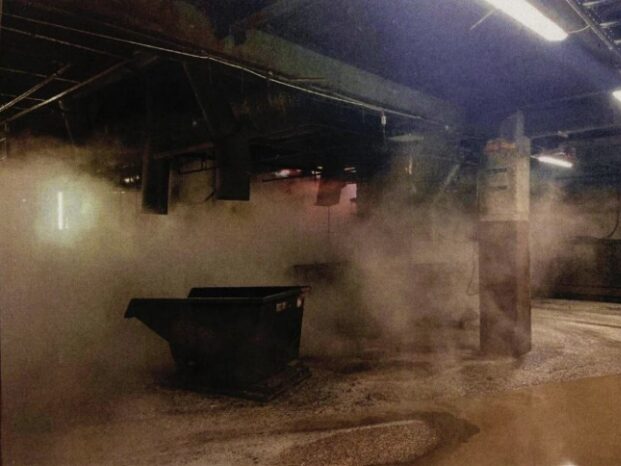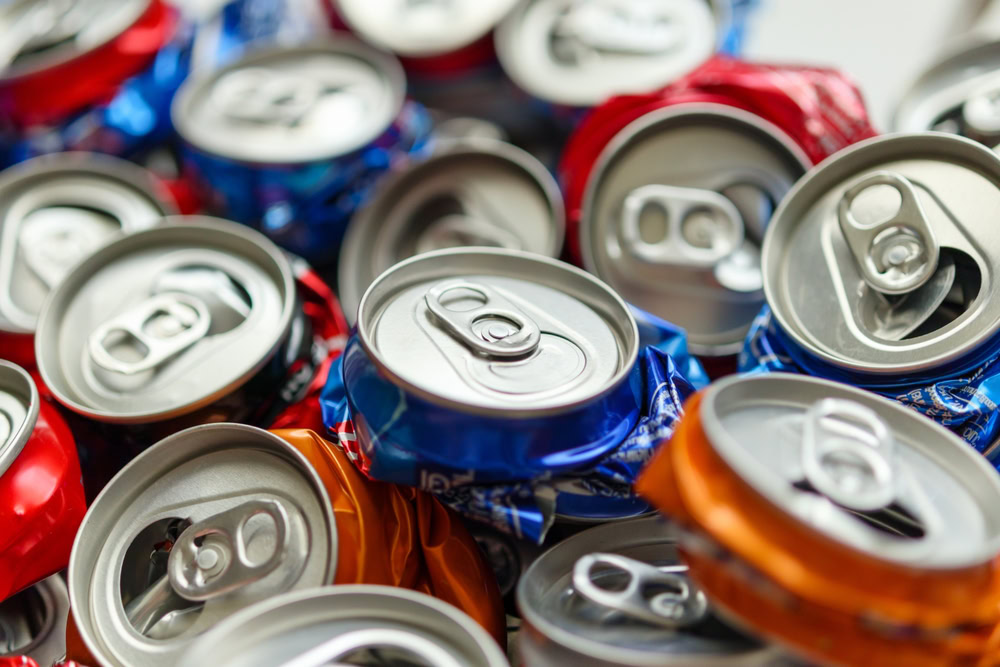Resource Association chief executive Ray Georgeson queried why just 85 MRFs in England submitted data on their input and output tonnages for January to March (Q1) 2015 – which risks ‘seriously undermining’ the value of the regulations.

The figures, which were published on the WRAP Materials Facility portal, are the second set published under new sampling and reporting obligations for MRF operators receiving more than 1,000 tonnes of mixed waste each year (see letsrecycle.com story). There are around 160 MRFs in England and Wales that meet this criteria.
First launched in February 2013, the MRF Code of Practice obligations aim to bring ‘more transparency’ to the sorting and recycling of household waste in England and Wales.
It follows publication of October to December 2014 data in July, in which 86 MRFs in England and eight in Wales submitted a data return (see letsrecycle.com story).
England
The latest data shows that the average percentage of target material received by responding MRFs in England in Q1 was 86.8% – almost identical to the 86.6% recorded in the previous quarter.
Of this, the recyclable materials received were paper (48.4%), plastics (14.6%), metals (6.6%), and glass (16.6%). Non-target material made up on average 5.6% of loads and non-recyclable material 7.7%.

The total tonnage of material entering the MRFs for Q1 was 876,744 tonnes – an increase of 87,349 tonnes compared to the previous quarter.
Output was recorded at 638,894 tonnes, a growth of 56,787 tonnes on the 2014 quarter. The average percentage of target material in the outputs was 91.4% or higher for paper, plastics, metals and glass.
Wales
In Wales, meanwhile, the average percentage of target material received by the seven responding MRFs was 88.3% – a slight reduction on the previous quarter’s 90.6%. On average there was a lower level of plastics input recorded compared to England – 9.7% – but a higher paper stream input of 55.5%.
The average output of the Welsh MRFs was 60,439 tonnes – an increase of 3,196 tonnes on the previous quarter. The average percentage of target material in the outputs was 85.7% or higher for paper, plastics, metals and glass.
Commenting on the results, Mr Georgeson said: “Our main concern at this stage is not to try and over analyse any trends or patterns in the data, as we think it is still too early. We express a continuing concern about the low levels of compliance in terms of data submission with data coming from only 85 MRFs with many more failing to comply with the legislation.
“The failure of a significant part of the industry to move into compliance runs the risk of seriously undermining the value of the Regulations even at this early stage – urgent action is needed by the regulators to address this.”
‘Lessons’
The Environmental Services Association added that it was working with regulators to ensure ‘early lessons’ can be established from meeting obligations.
Jakob Rindegren, ESA recycling policy advisor, said: “It is also still very important that all operators that fall within the scope of the MRF Regulations do notify and understand the requirements. It is equally important that the regulators are properly enforcing the Regulations by carrying out inspections.
- If you have anything to do with MRFs and the MRF Regulations in England and Wales, the MRF Best Practice Conference is a must-attend event.







Subscribe for free